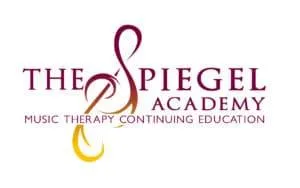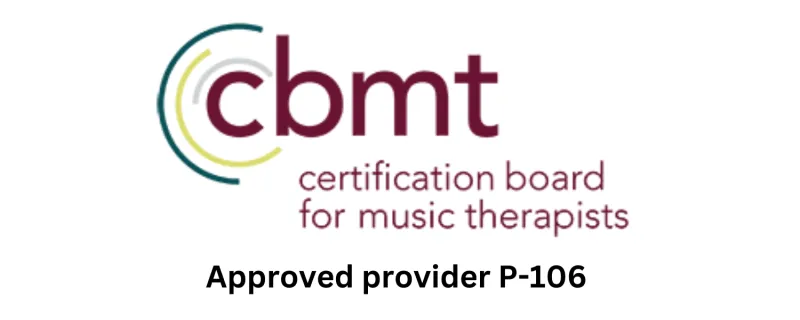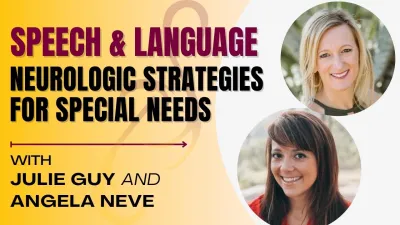
Class Description



Neurologic Strategies for Speech & Language for Individuals with Autism and Other Special Needs (6 CMTEs)
$150.00
Quantity




Neurologic Strategies for Speech & Language for Individuals with Autism and Other Special Needs (6 CMTEs)
$150.00
Quantity